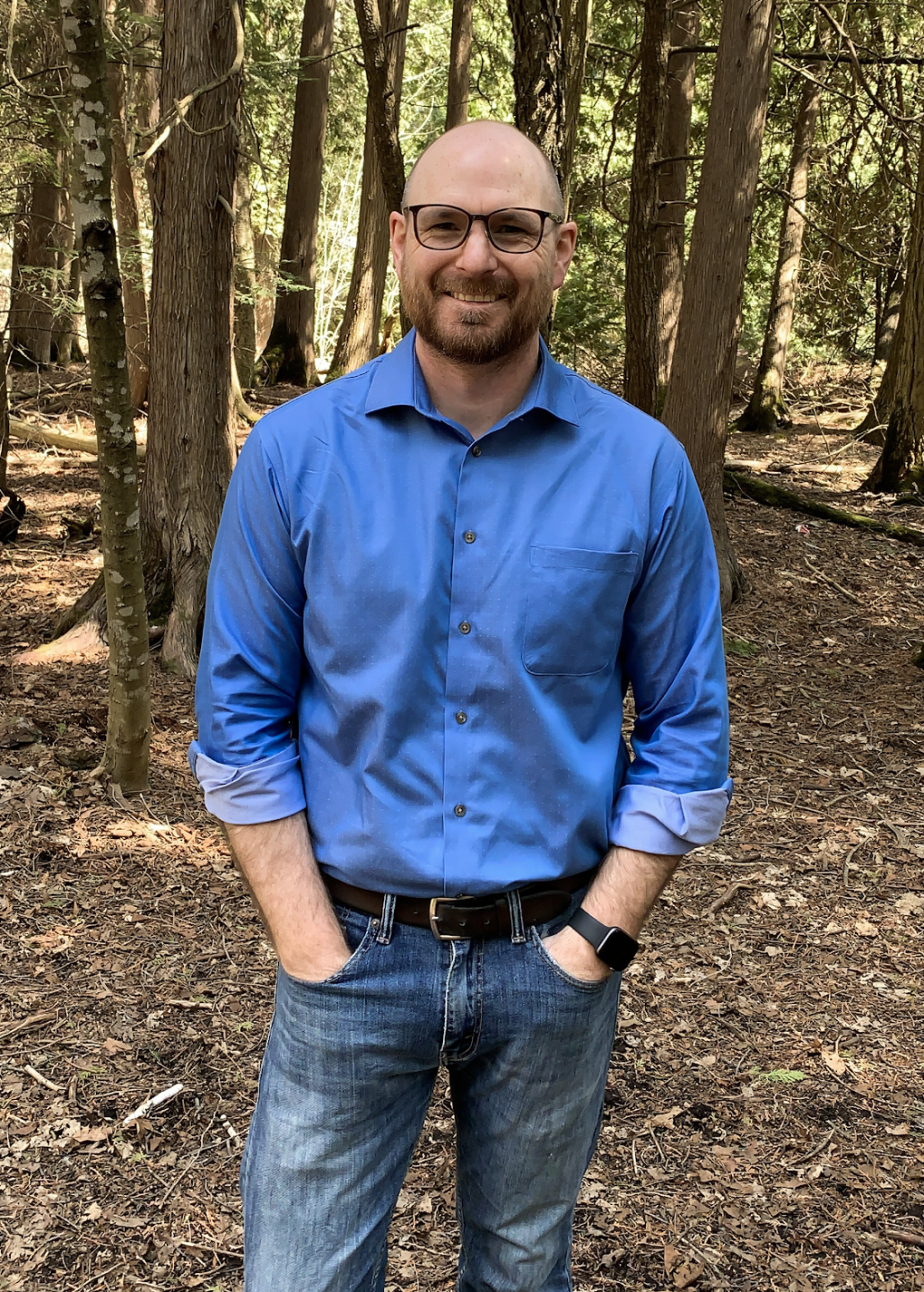What area(s) of scholarship are you most interested in?
I’m really interested in scholarship that addresses the science-policy interface as it relates to biodiversity conservation and environmental issues.
Teaching in the Master of Environmental Science program, it’s typically the case that students come into the program well-versed in biodiversity science, but have had little exposure to the manner in which science can inform policy, and vice versa. The literature is fascinating to explore, with contributions from both physical and social scientists who are grappling with how their work might inform societal change.

What course(s) will you be teaching this year?
This year I’m teaching Conservation Policy, Professional Scientific Literacy, Plant Taxonomy, an Advanced Seminar in Environmental Science, and a seminar course focused on protected areas.
What made you choose U of T Scarborough?
I’ve been a part of the UTSC community for several years having completed my PhD here in the Department of Physical & Environmental Science. I started teaching during the later stages of my PhD and found myself really enjoying the classroom environment and being able to select new literature and emerging topics for students to engage with. I was thrilled to see a teaching stream professorship opportunity in the department, and I feel incredibly lucky to have secured the position.
What is one interesting teaching technique you enjoy doing with your students?
While it’s top of mind from this semester, in my Conservation Policy course students conduct a technical policy analysis on a conservation policy of their choosing. Specific policies that students choose range from things such as species recovery strategies and protected area management plans to incentivization schemes and policies focused on urban biodiversity conservation.
For this assignment, students first develop an understanding of the structure of conservation management policies (e.g. objectives, targets, indicators for different ecological parameters) and then conduct a novel analysis by gathering evidence that directly relates to a subset of the items within the broad policy.
By doing this, students gain specialized knowledge of the subject matter, and also get a sense of the “real world” application of adaptive management processes. Feedback from students has been overwhelmingly positive about the assignment, and I also have multiple one-on-one meetings with students to offer guidance and give the students a chance to demonstrate their understanding of the topic, which in many cases leads to a critique of why some policies have fallen short in achieving their goals for biodiversity conservation.
What are you reading/watching right now?
I’m currently reading Not on My Watch: How a Renegade Whale Biologist Took on Governments and Industry to Save Wild Salmon by Alexandra Morton. It’s an incredible book, exploring the life of the author, which straddles the worlds of ecosystem science and environmental activism in the context of aquaculture in British Columbia. Alexandra’s story is one of persistent and critical engagement with environmental policy, paired with a capacity to produce hard scientific evidence.
I’m including this book in the syllabus for this year’s offering of my course Professional Scientific Literacy. I’m excited to hear students’ perspective on the book and the issue more broadly. It’s a challenging story that explores the complex interactions between economic development, industrial agriculture and ecosystem health.